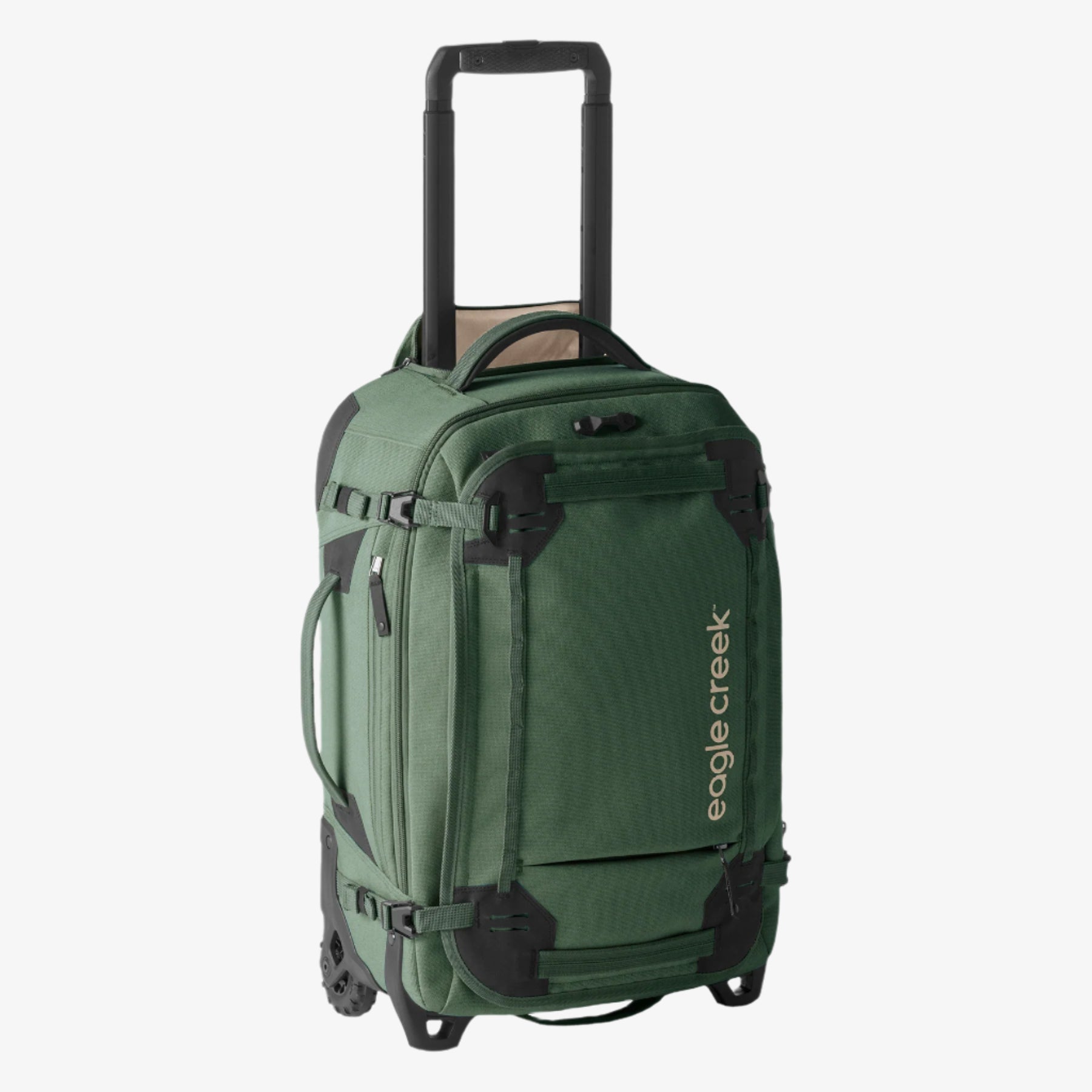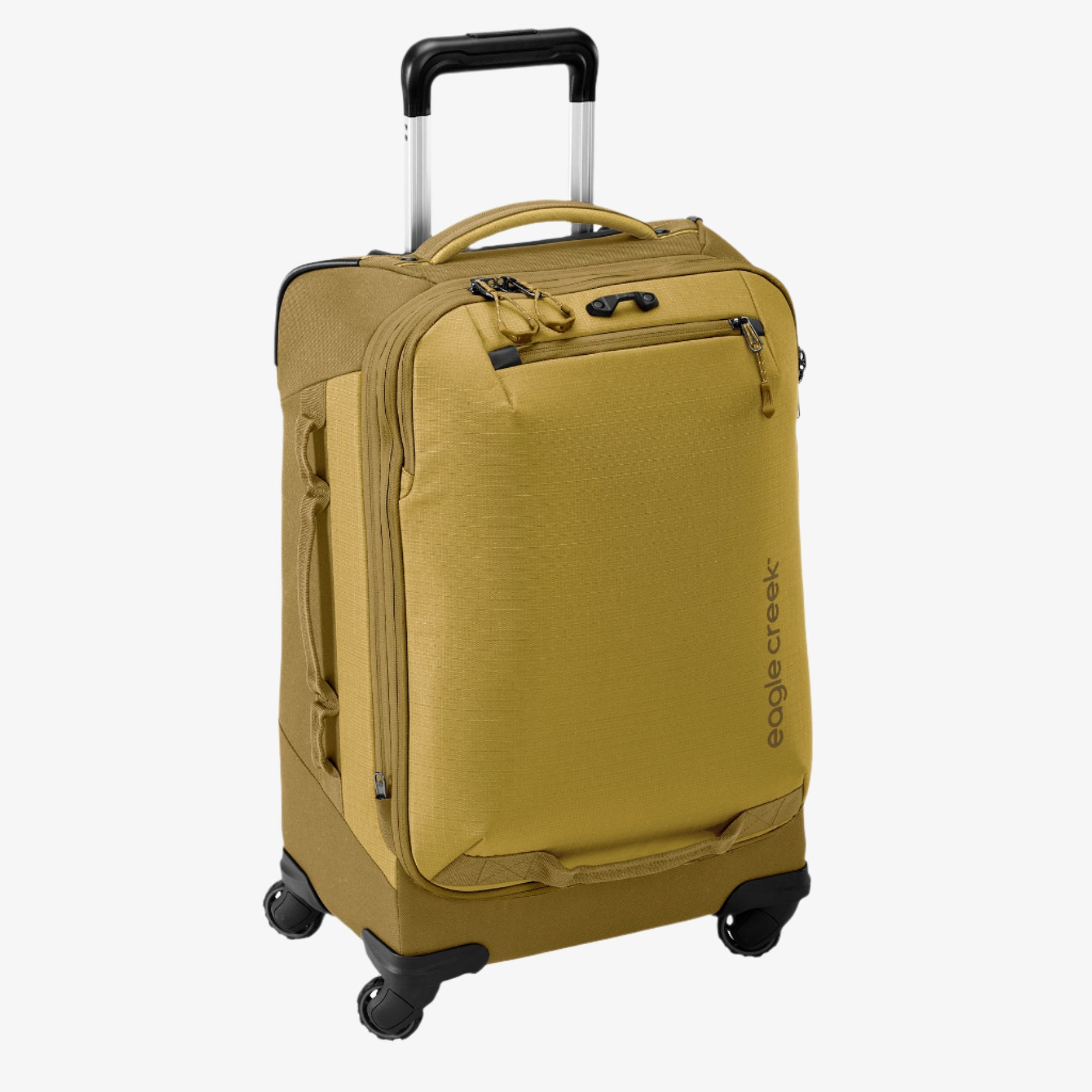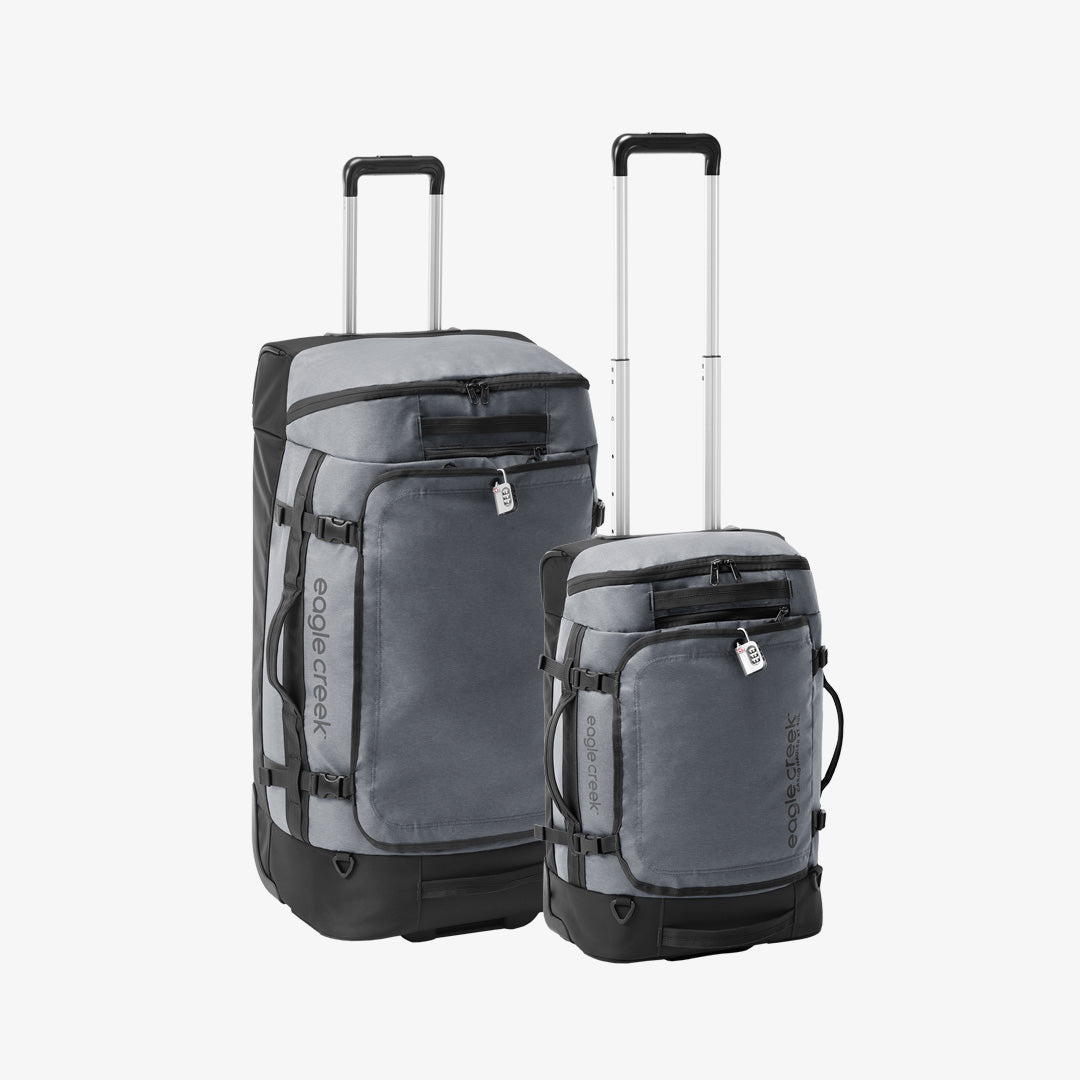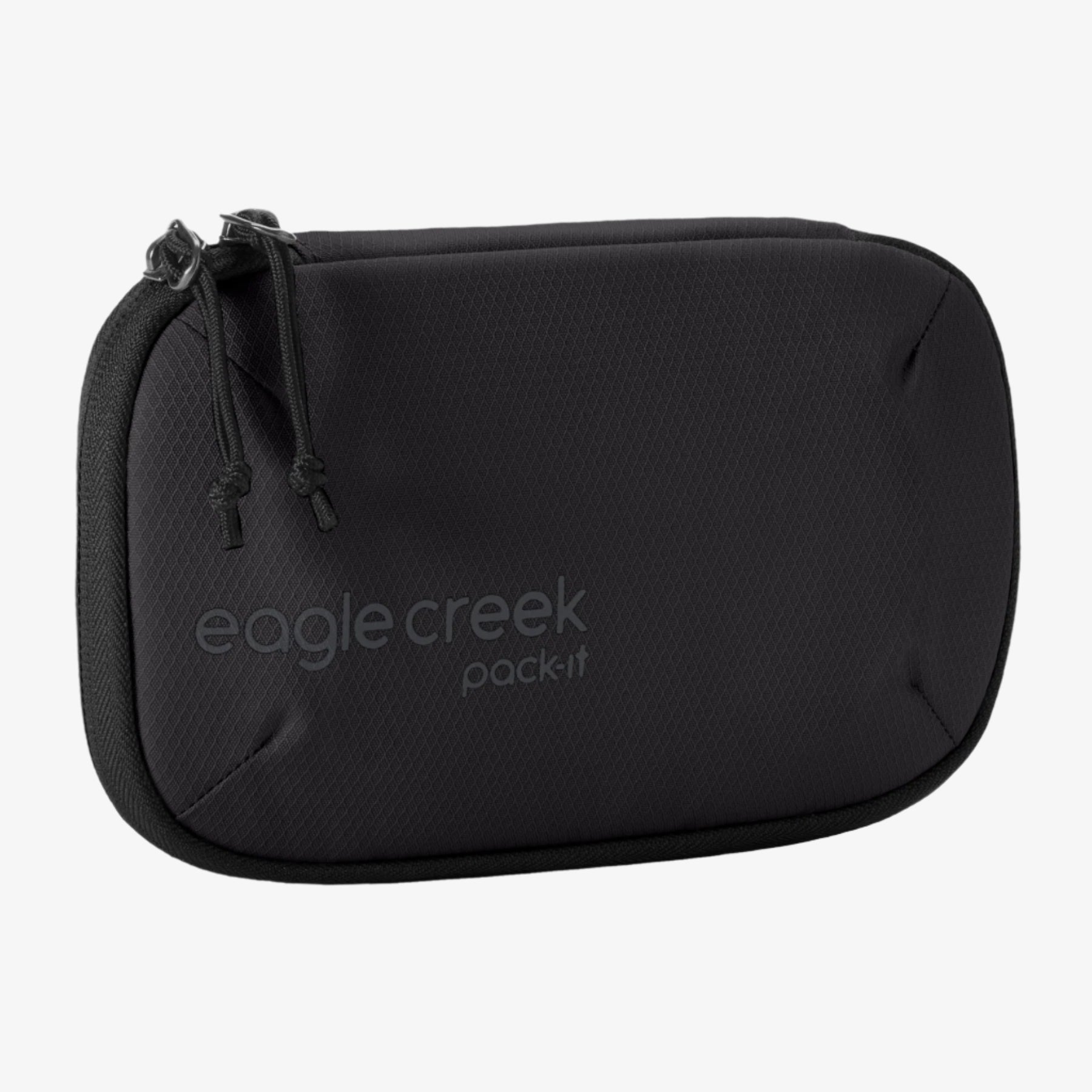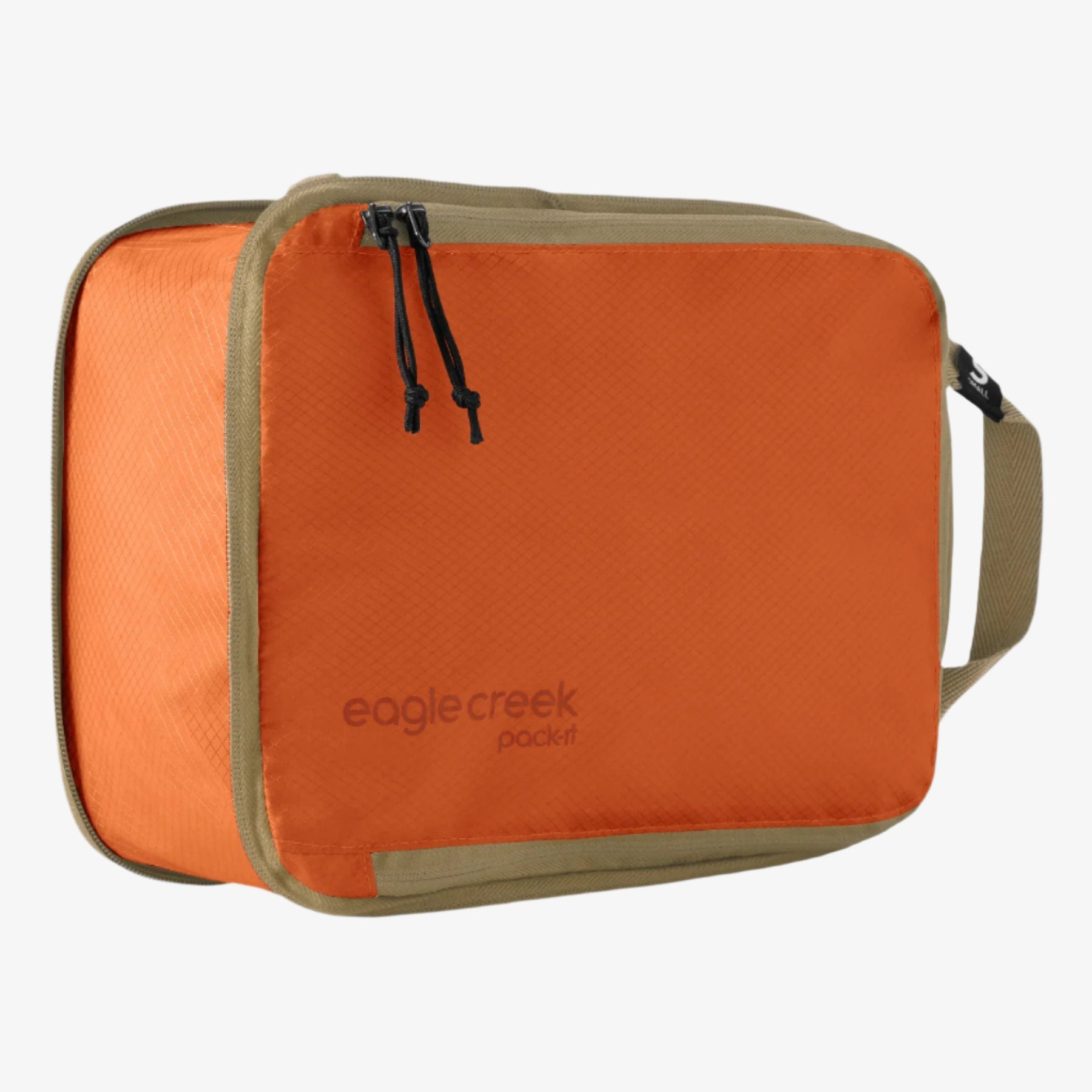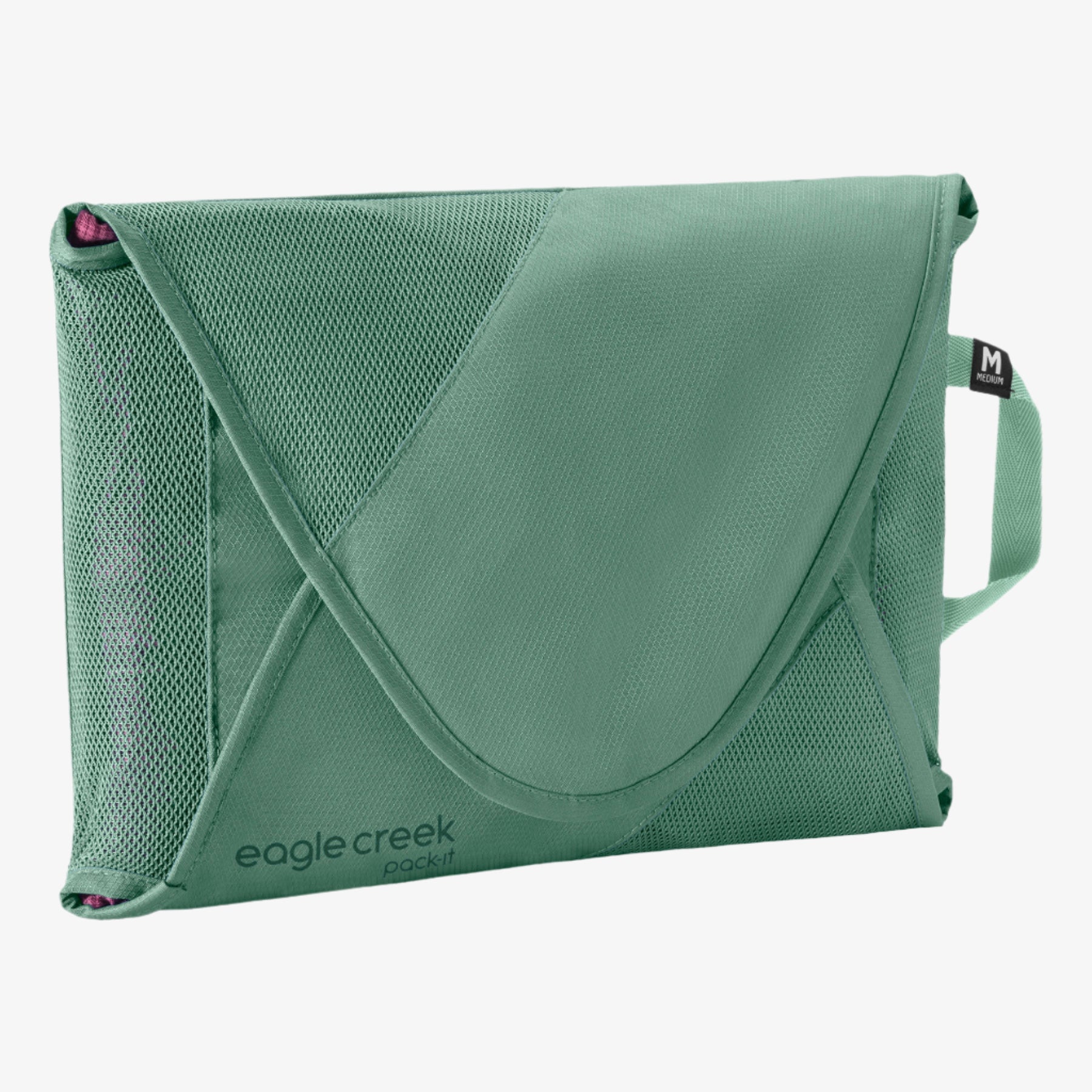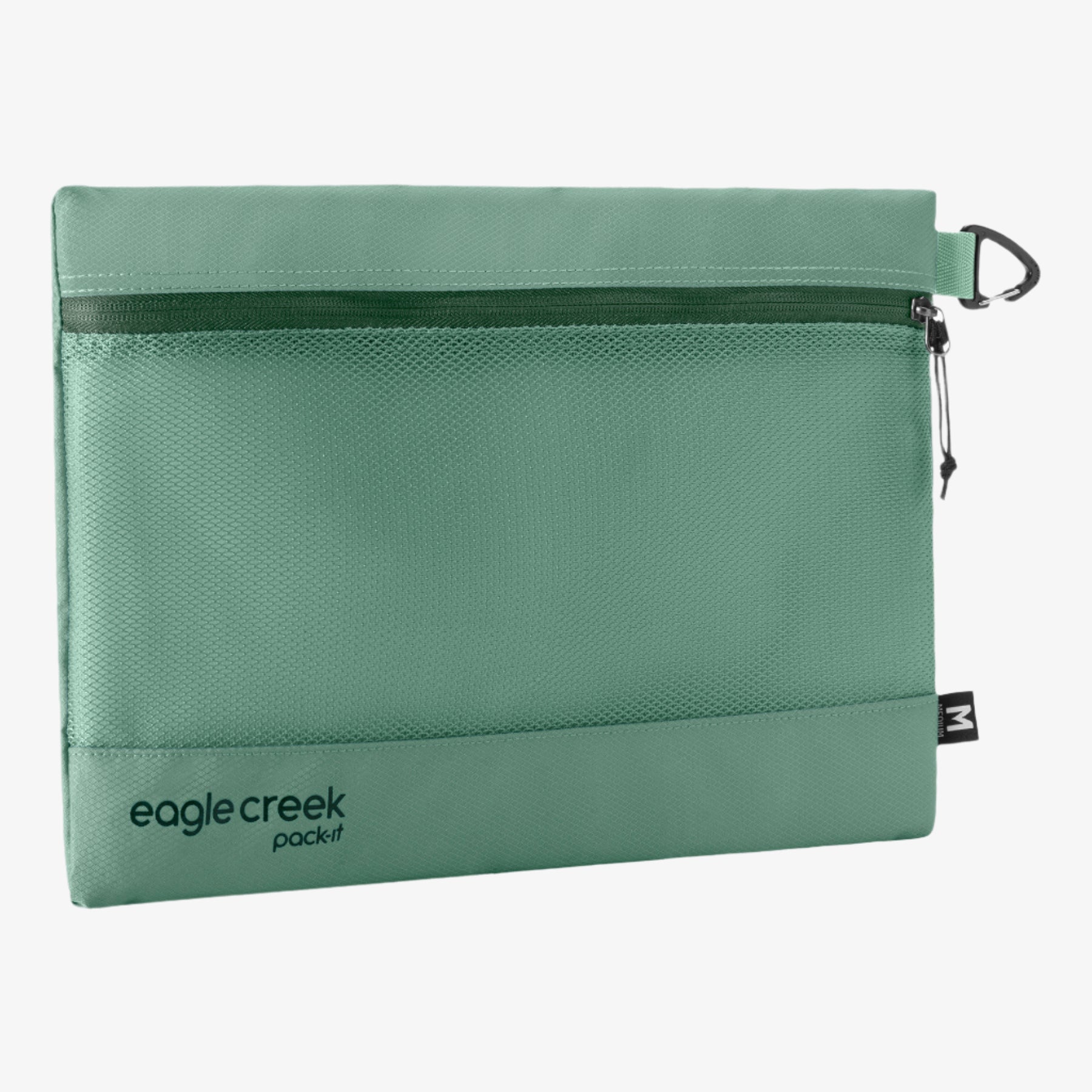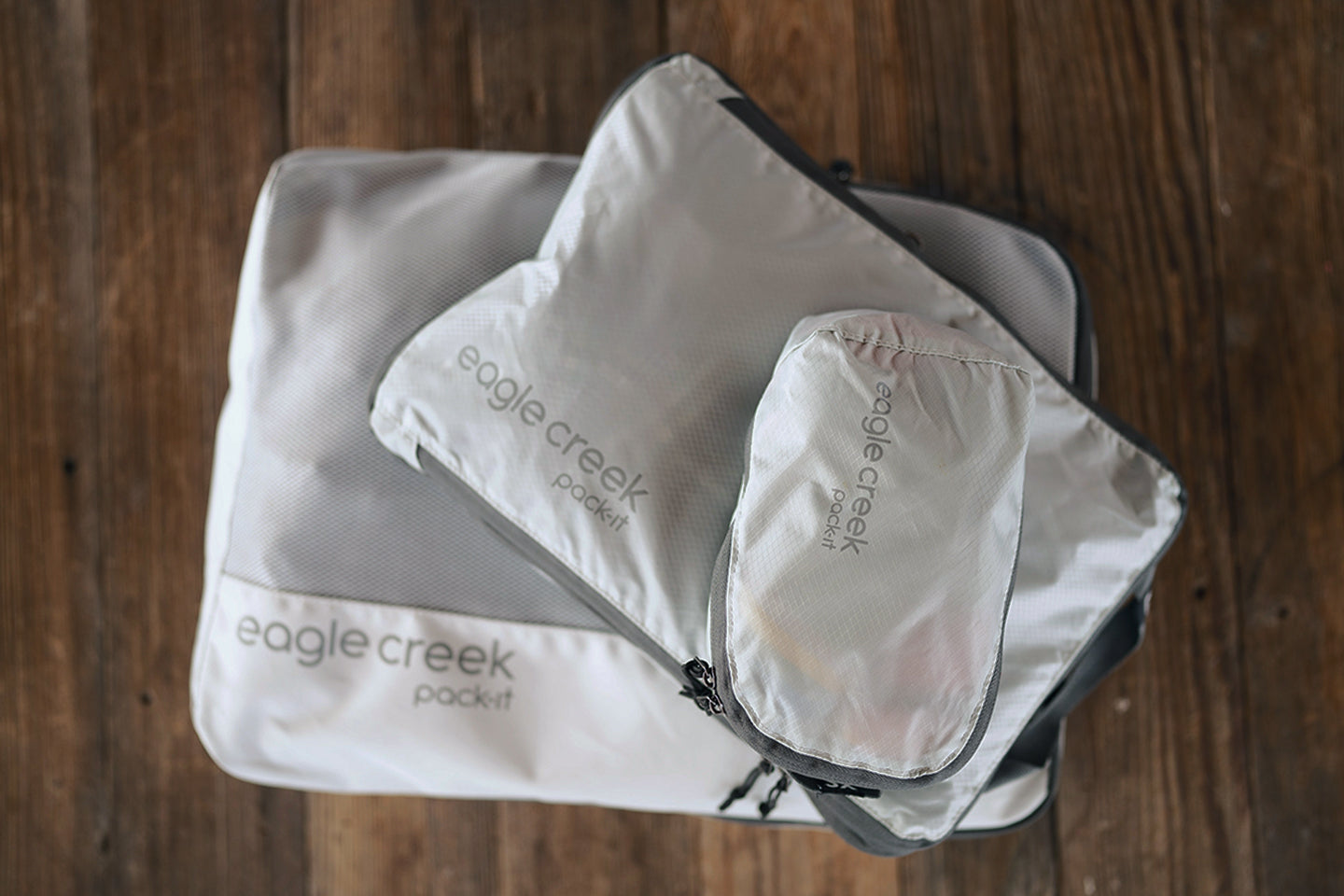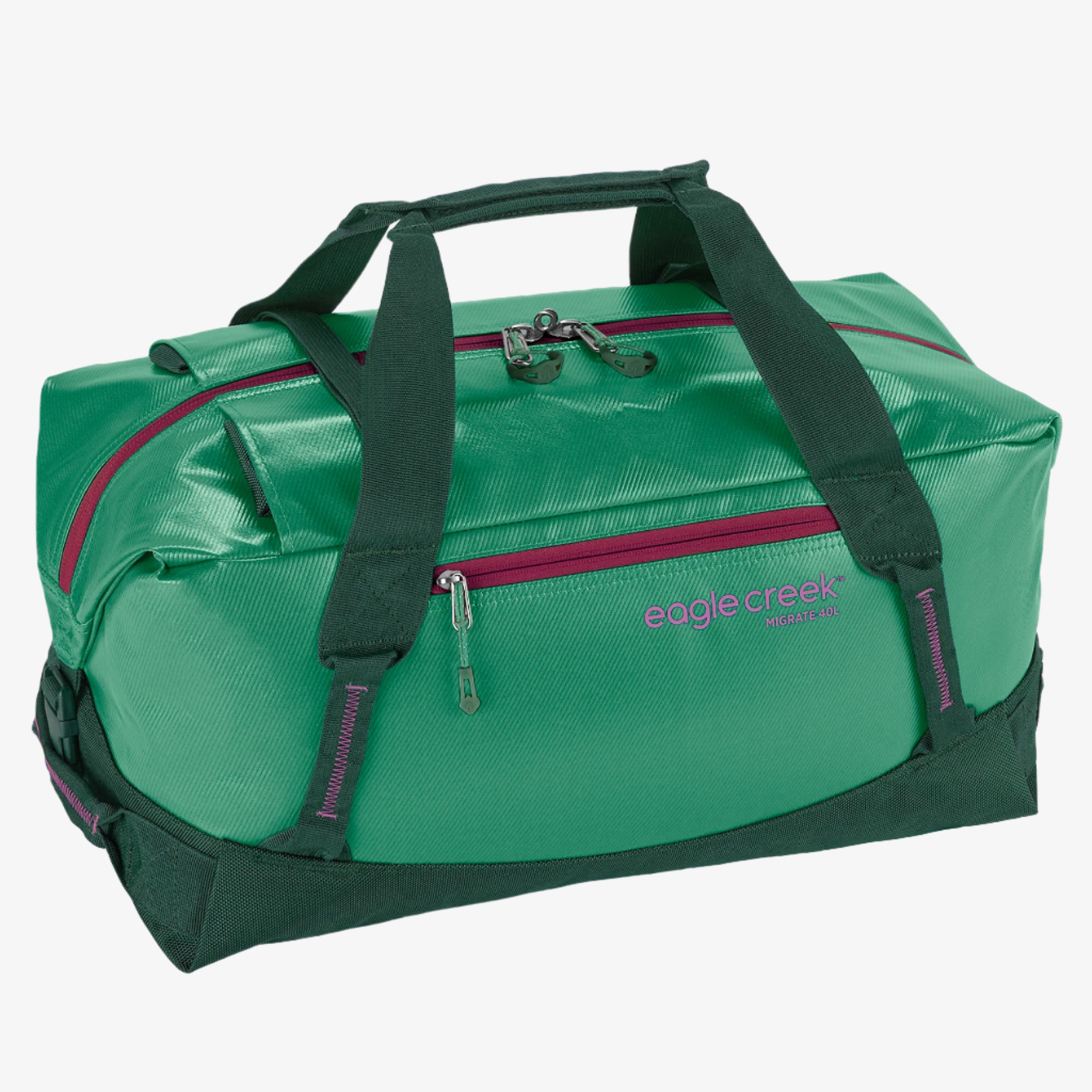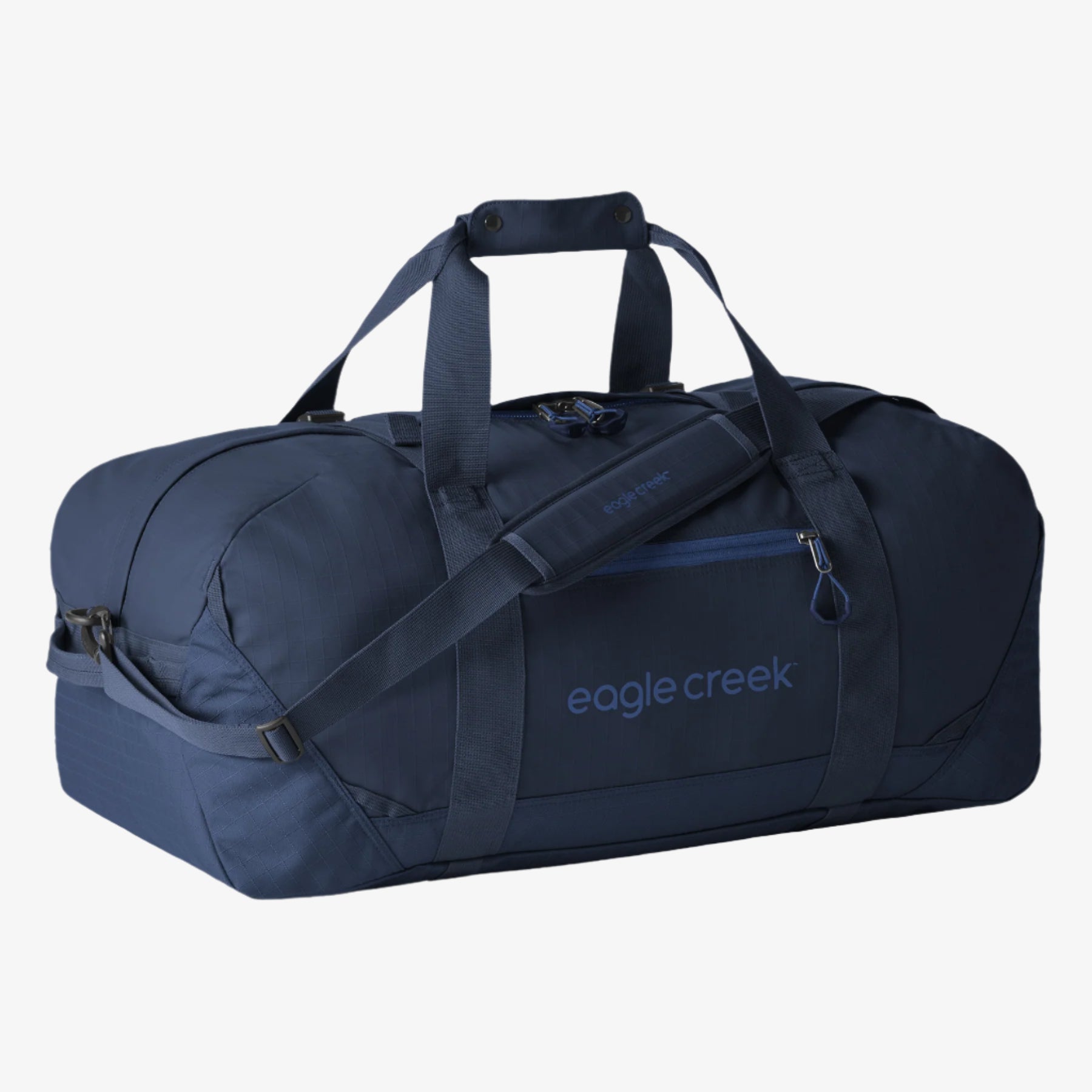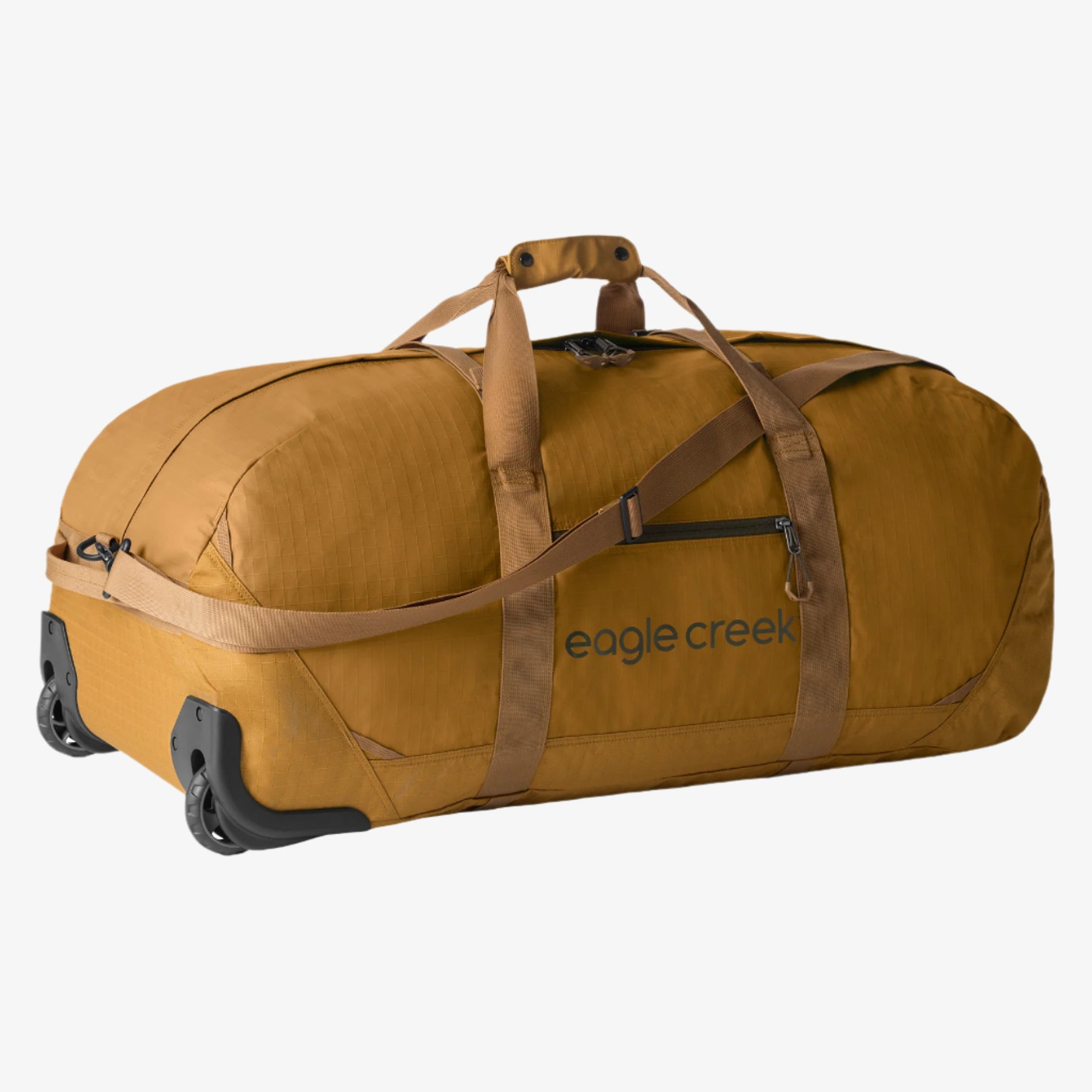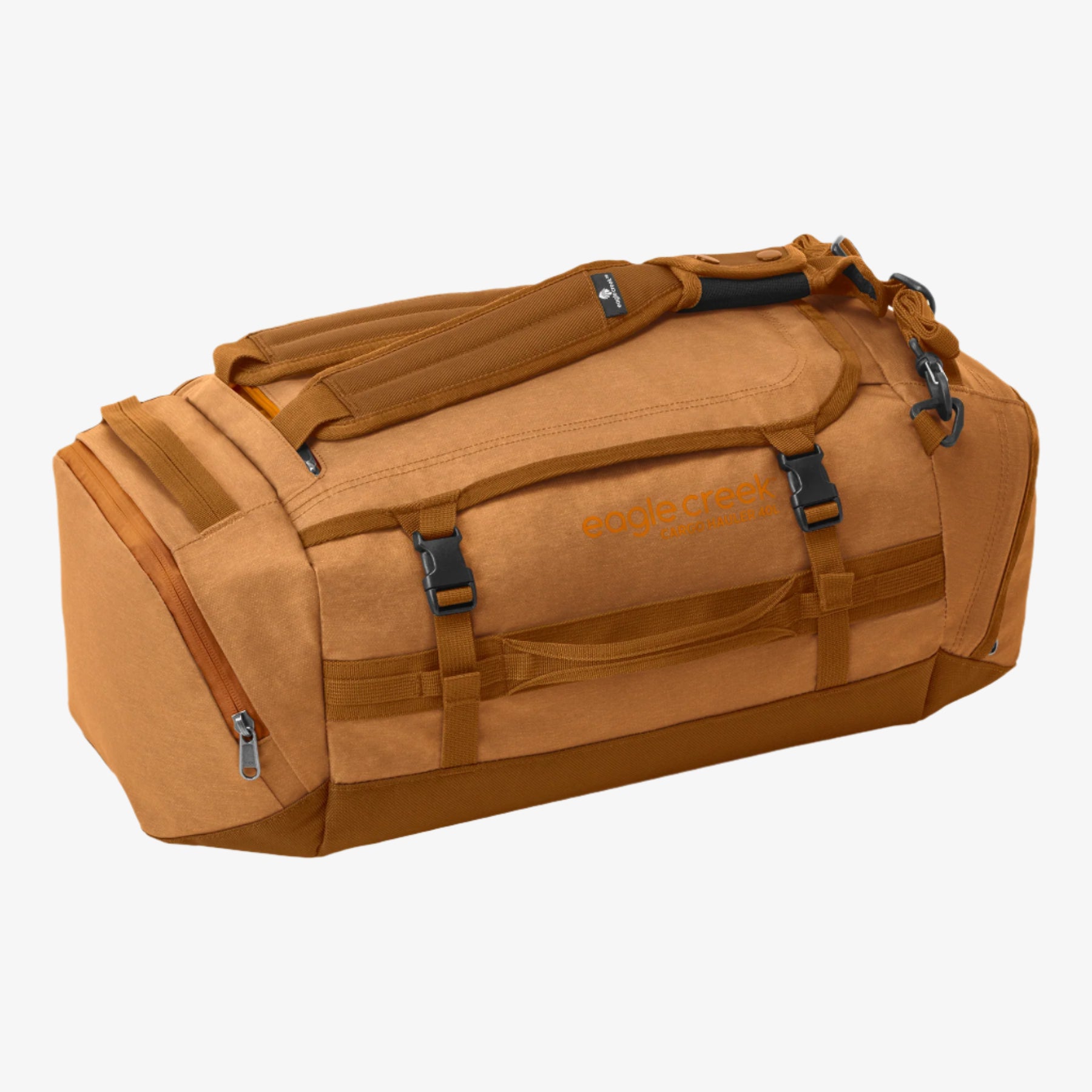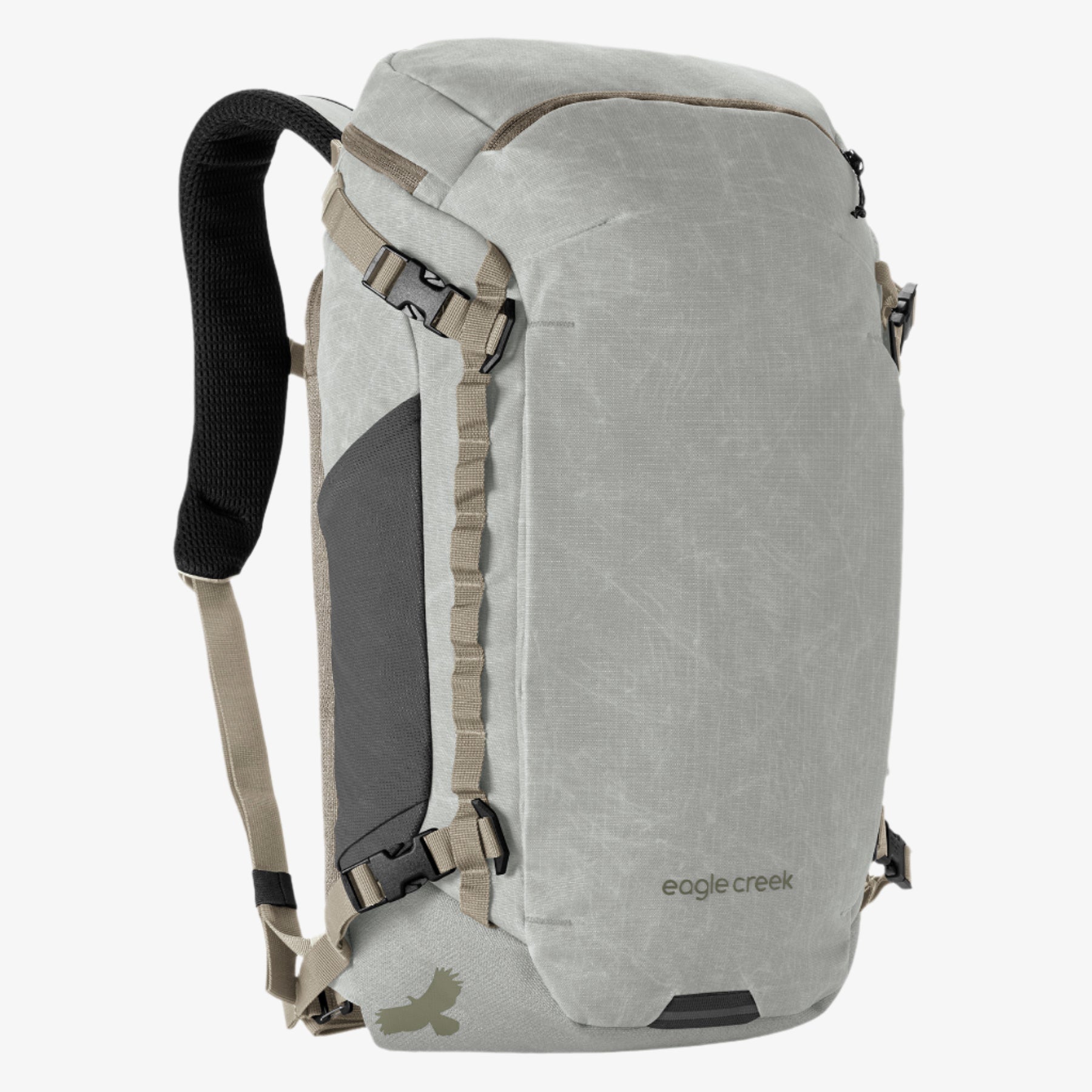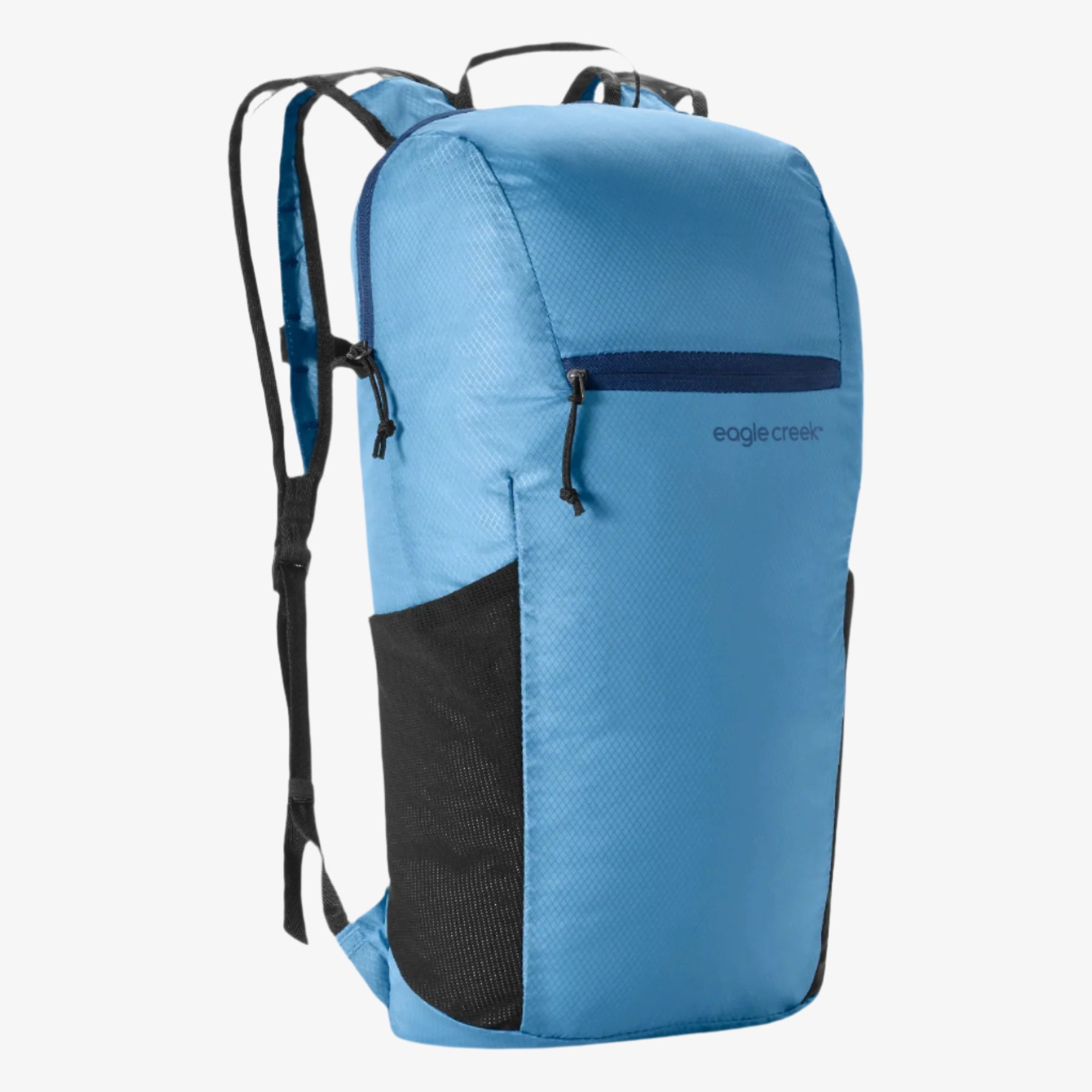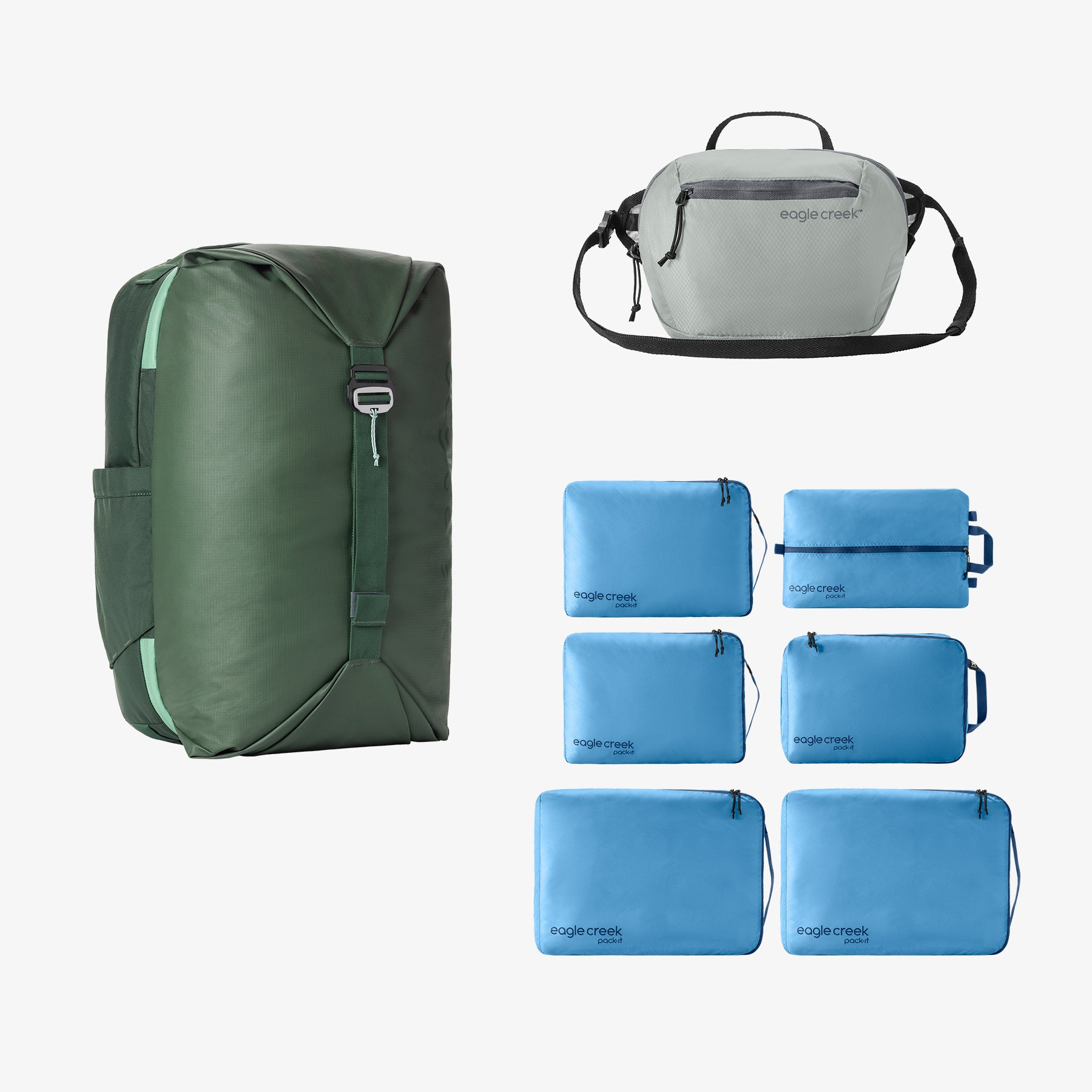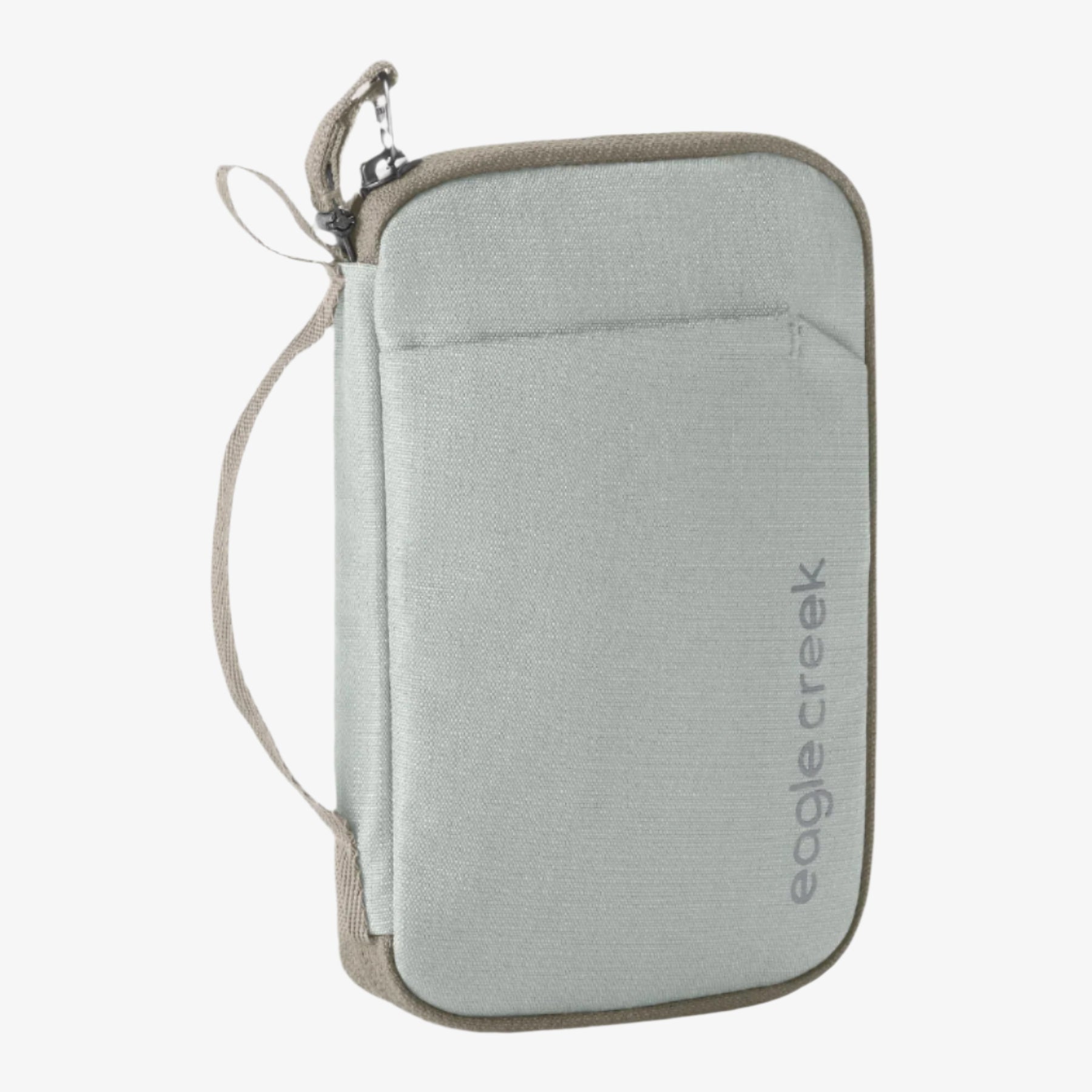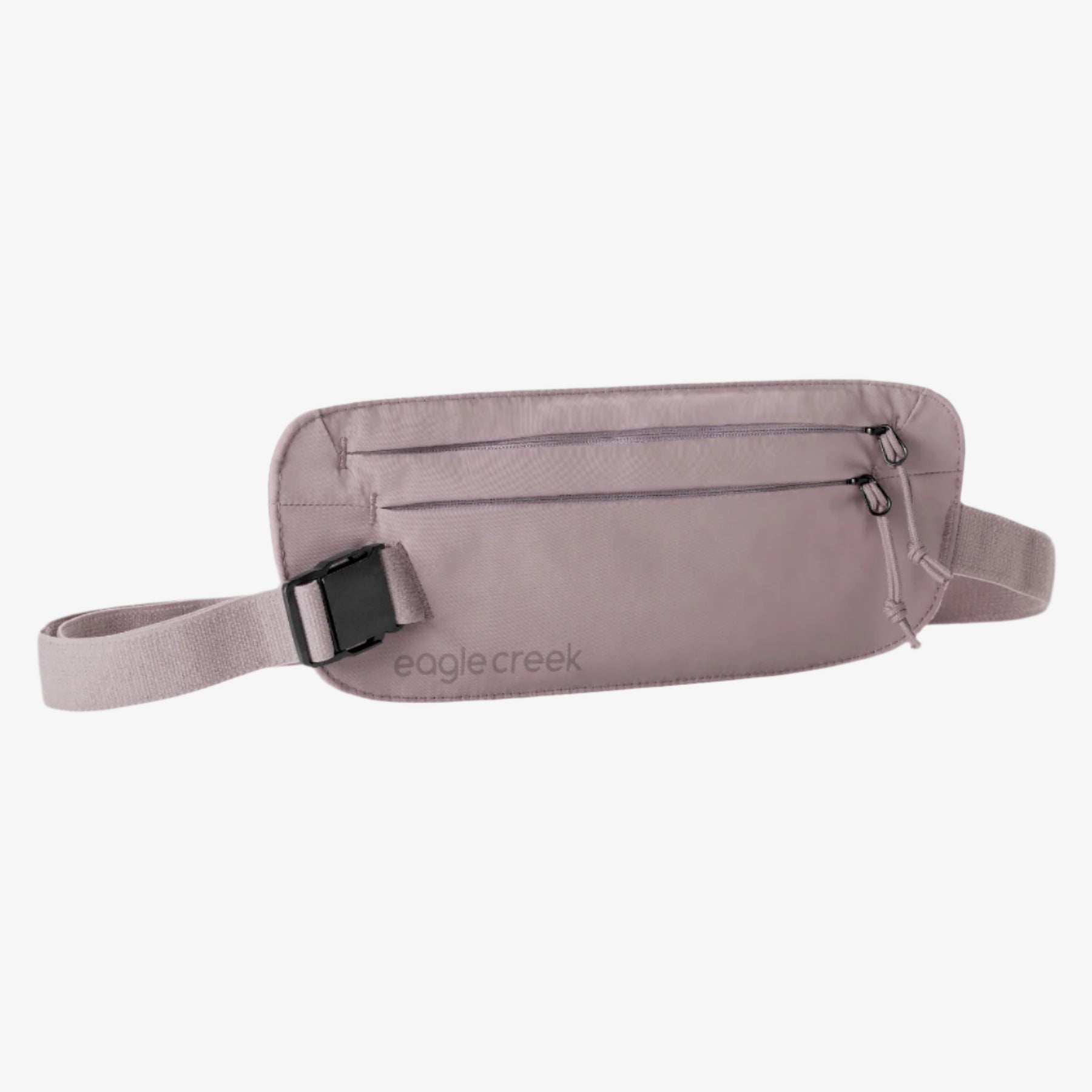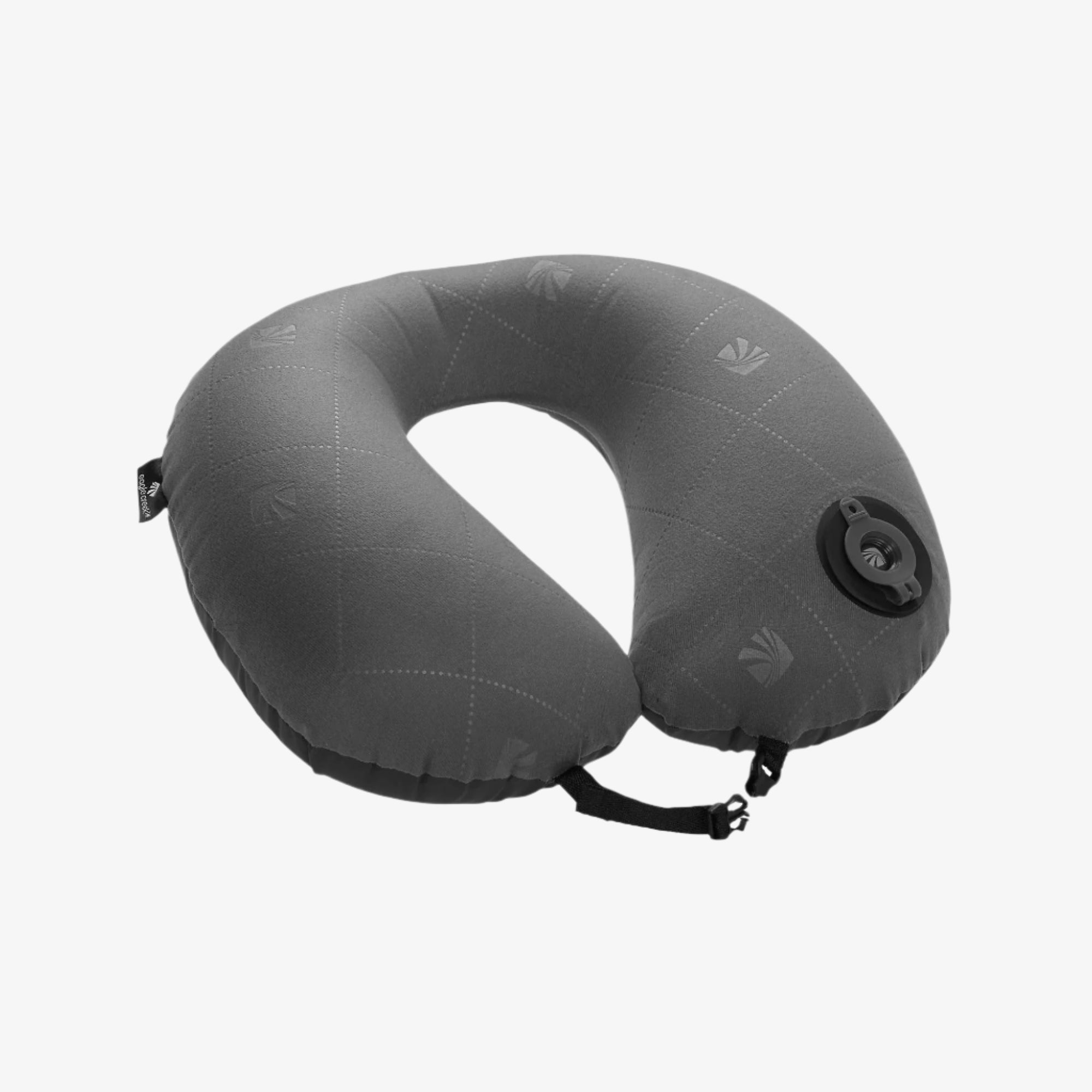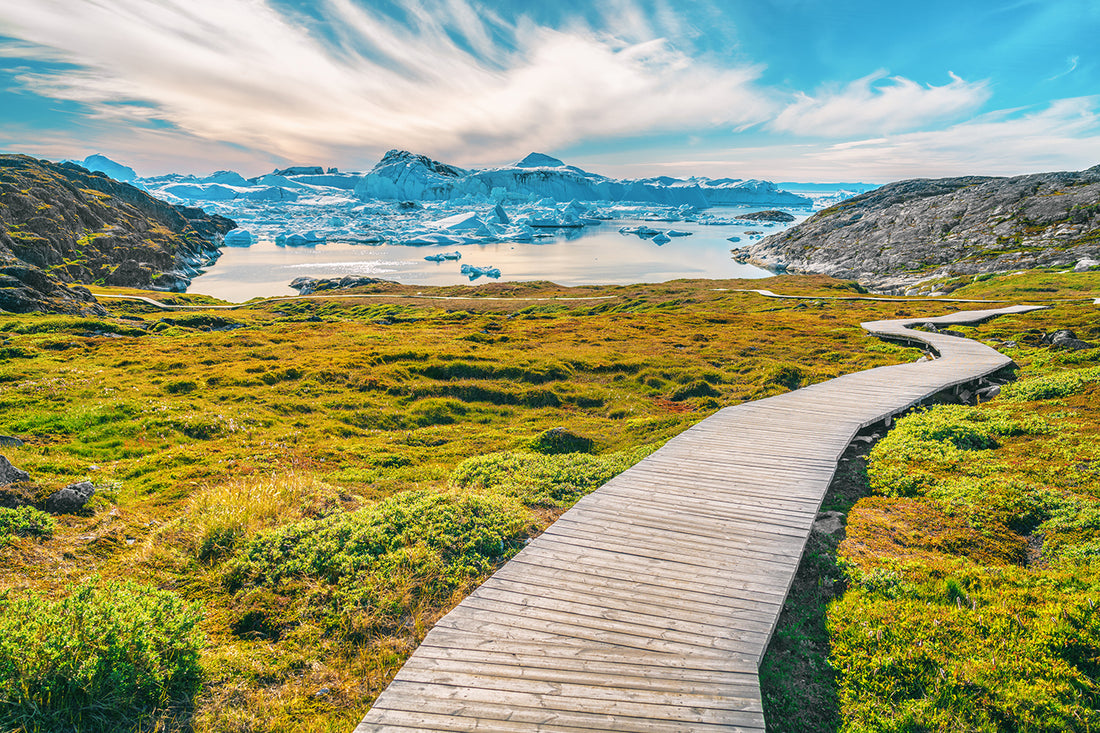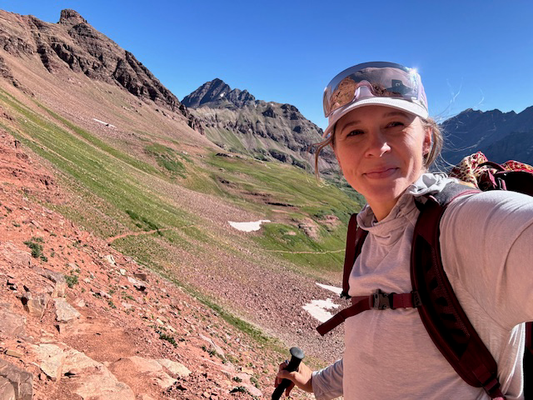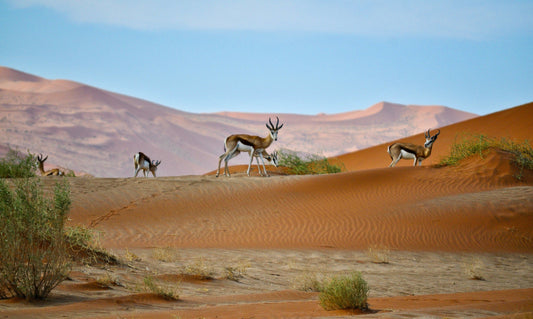Move over, Iceland! The untouched wilderness of Greenland is emerging as a travel destination for hikers and adventurers in search of glaciers, mountains, winter sports, and backcountry solitude.
While Iceland has seen an explosion of tourists eager to visit its many natural wonders, the neighboring island of Greenland is just starting to become a popular eco destination for adventurous travelers. Greenland welcomes just over 100,000 international tourists annually, not including cruise passengers. That may be a small number compared to other countries, but it's still a lot of people arriving to get a glimpse of the 15 percent of Greenland not covered by an ice cap. And those ice caps are a defining feature of visiting Greenland—and one the national tourism board is keen to protect. Though Greenland is looking for ways to increase tourism numbers—by slowly making it easier to get there, easier travel around the island, and easier to find accomodation and places to eat—the nation is also aware of the potentially negative impact overtourism can have on delicate ecosystems, as well as the impact of so many flights on climate change. Right now, Greenland is still an off-the-beaten path destination ideal for adventurous travelers.
Visitors come to Greenland for the hiking, skiing, glaciers, mountains, wildlife, and the coastal villages that have been able to maintain some of their Inuit traditions despite the arrival of the Internet and other features of modern life. Though getting to Greenland can be tricky because international flights are limited and expensive, those who truly want to visit the island find the journey well worth it.
Getting to Greenland
By plane
Both Air Greenland and Icelandair offer the only international flights into Greenland and no flights go directly to Greenland from North America, so the simplest option for tourists from this side of the globe involves going through Reykjavik, Iceland. From there, you can fly to several cities on the island, including Nuuk—Greenland's capital and largest city with around 15,000 residents.
Those interested in hiking the Arctic Circle Trail should fly into Kangerlussuaq, which can be reached by plane from Copenhagen, Denmark. Flights leave all year round from Copenhagen and several Icelandic cities.
Because Greenland has no roads or trains between towns, you'll want to fly directly to the city/region you wish to visit.
During the summer, tour companies offer one-day trips by plane from Reykjavik to the Greenland village of Kulusuk, where visitors get a few hours to take in the scenery and meet local residents before returning to Iceland before nightfall. Though this is perhaps the most affordable way to visit the Greenland, costs for the tour and taxes can still exceed $1000 USD.
If you're planning a trip further out, Visit Greenland announced two new airports will open in 2024, both of which will make Greenland travel a lot more convenient since it will open up new direct routes. Visitors will be able to land in Nuuk or Ilulissat, both of which are more convenient to population centers and outdoor activities.
Finally, you may consider securing a spot on one of the handful of international cruise ships that stops in Greenland, though this option will only give you a short time on the island.
Getting Around Greenland
As noted, there are no roads connecting any two cities in Greenland, so you need to plan your visit carefully. Visitors who want to see several different places within Greenland can fly between cities via Air Greenland, or book a trip on one of the inter-city passenger ships that operate on the western side of the island during the warmer months. During the winter months, prepare to dog sled between some destinations or use ultra-terrain vehicles to navigate.
What to Do in Greenland
Hike the Arctic Circle Trail
One of the best Greenland activities for the truly adventurous is hiking the Arctic Circle Trail, a 100-mile (160 km) path on the western side of the island connecting Kangerlussuaq Airport and the coastal town of Sisimiut. The trek typically takes 9-11 days. Since no towns exist along the trail, hikers should have backcountry expertise, plan ahead, and bring everything they need in a large backpack.
The entire trail lies just north of the Arctic Circle, crossing mountainous terrain and drinkable water sources. The trail may provide opportunities to see musk oxen, caribou, and foxes (but no polar bears—they do not inhabit this part of the island).
Admire the Glaciers
Get up close and personal with the wild outdoors by marveling at Greenland's glaciers. The Greenland Ice Sheet is an impressive sight and the Sermeq Kujalleq glacier is the fastest moving one on the island, so you'll definitely want to see it first hand.
Take to the water for even better views. You can hop on a cruise to the Ilulissat Icefjord UNESCO World Heritage site and admire the pristine blue skies and icebergs floating by your ship. Or adventurous travelers can rent a kayak to explore the glacial lagoons around Ilulissat, or kayak in the summer rivers formed from glacial runoff.
Soak in the Culture
Greenland may be one of the last truly untouched spaces left, and that includes its indigenous population, which has remained quite remote even in today's hyperconnected environment. Head to the Nuuk National Museum to admire Inuit art and the Qilakitsoq mummies. Sample local delicacies if you dare (whale meat is deeply embedded in local traditions), and enjoy learning about Greenland's nearly 5,000 years of Inuit culture. And lest you think the Inuit are the only ones with fascinating history here, you can also learn about Erik the Red's impact on Greenland. A lot of Viking history remains through Norse runes and more—all detailed at the Narsarsuaq Museum.
Watch for Whales
With all of that coastline, it makes sense most of the activities involve the water. Schedule a whale-watching tour (either via large boat or kayak) along the coastline for a glimpse of one of the 15 different whale species that call these waters home throughout the year. This is one of the few areas where you can spot narwhals! Though it's rare. Beluga, humpback, and minke whales are also easy sightings, depending on the time of year.
Glimpse the Northern Lights
Greenland is a great option for those chasing the aurora borealis. Although destinations like Norway and Iceland are more popular spots due to accessibility, Greenland's light show is equally impressive and you can catch clear views of the Northern lights while camping in the wild outdoors.
Other Adventures in Greenland
If a week-plus hike doesn’t fit into your travel plans, some of the most popular outdoor activities for Greenland visitors include hiking, kayaking, diving, fishing, snowmobiling, and skiing. Others guided activities include helicopter trips to the icecap and dog sledding tours. Some visitors prefer to soak in the island's natural hot springs, explore the glaciers, or check out the many small museums and local establishments in villages to get to know the people and their history.
Greenland Packing Tips
- For outdoor activities, visit during the milder months of July and August. Average summer temperatures in Greenland hover around 50° F (10° C), though in some places temps may reach the upper 60s° F (20° C).
- Pack your gear in a water-resistant duffel. You'll need plenty of space, but the ice and snow can leave your clothes wet, so you'll be glad to have a durable bag with you.
- Use compression packing cubes to fit more bulky cold-weather clothes, and a clean/dirty cube is perfect for keeping everything separate and dry in your bag.
Visiting Greenland can be a rare thrill, but an expensive one even if you arrange for independent travel, so do your homework and budget appropriately to get the most out of your visit.
Related links (from Eagle Creek's blog):
What to Pack for Greenland: The Five-Step Solution
7 Movies That Inspire Adventure Travel


